A cross-party group has been appointed to look into liberalising the investment capabilities of the AP buffer funds
Key points
• Parliament is set to vote on changed investment rules for AP funds 1-4, giving, among other things, a new 40% ceiling on illiquid investments
• The Pensions Group is to look into whether buffer funds should be able to invest directly in infrastructure companies
• An implementation chief has been appointed to push forward Premium Pension System reform
• Provisions put in place for pension providers to separate pensions from insurance under IORP II implementation
Plans to change investment regulations for the main buffer funds behind the Swedish state pension have moved forward over the past year.
The bill on the new guidelines (2017/18: 271 Changed Rules for First-Fourth AP Funds) was presented to parliament in June, though legislators voted to delay the debate until October, following parliamentary elections in September.
The changed mandate being proposed includes a new 40% ceiling on illiquid investments for the funds, replacing the current 5% cap on unlisted instruments – although this new upper limit is to include real estate, which is unrestricted under current rules.
Changes also include lowering to 20% from 30% of the minimum allocation to interest-bearing securities, with low credit and liquidity risk. A new focus on the funds’ work on sustainability is also part of the bill.
Following calls from the AP funds 1-4 for more scope to make direct investments and co-investments, the ministry of finance also announced a plan to analyse a series of other liberalisation measures to the mandate this autumn; the resulting changes are set to come into effect in July 2019.
The cross-party Pensions Group is to look into whether the funds should be able to make direct investments in unlisted infrastructure companies, co-investments in unlisted shares, as well as investing in illiquid loans.
A common international practice, co-investments can reduce fees in alternatives such as infrastructure and private equity. Politicians will also consider whether AP funds 1-4 should be allowed to retain a stake of more than 10% in a company when it is listed and whether the funds can provide loans to firms they invest in.
Meanwhile, in response to the government’s pension system reform proposals put out for consultation in December 2017, the chief executive of AP7 called for a change to the fund’s own investment rules.
He said the fund, which manages the default option in the country’s Premium Pension System – commonly referred to as the PPM – should be allowed to broaden its investment range to include real estate and infrastructure – AP7 is not permitted to invest in illiquid assets.
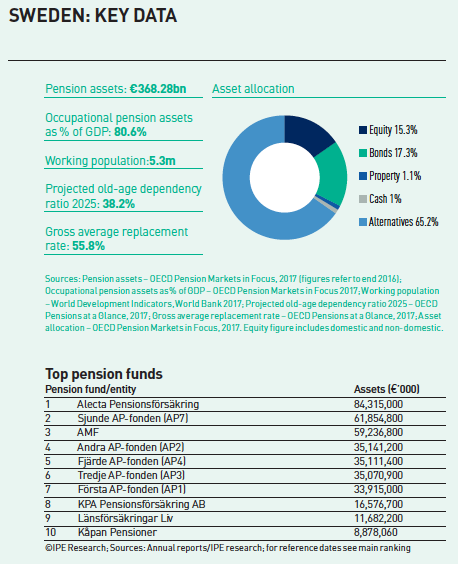
The long-discussed reform of the PPM got under way at the end of 2017, after the Pensions Group – advised by pensions experts including Stefan Lundbergh – finalised its agreement.
In June the government and the Pensions Group appointed Mikael Westberg, who was head of legal at the Pensions Authority until recently, as special investigator leading an implementation review. Westberg is to draft regulatory proposals for a procured funds marketplace within the PPM. According to the review, the draft proposals are to be presented by November 2019, and the new authority that will be in charge of the funds marketplace will start operating on 1 September 2020.
In June, Sweden’s Pensions Authority (Pensionsmyndigheten) released a list of requirements for potential investment providers in the PPM’s fund marketplace (fondtorg) – known as the 30-point programme.
From November, investment providers will have to reach a minimum asset threshold for funds run outside the system, and each asset manager will only be allowed to list up to 25 funds on the PPM’s marketplace.
Firms will also have to give an account of the business history of the fund manager and a “relevant and coherent return history for a fund”. The authority has made other demands of providers, including a minimum level of sustainability work in the administration of funds; a requirement for good practice and suitability within the PPM and one stating that asset managers’ actions must not damage the PPM.
Fund agreements now have to be signed for each fund – tightening up current rules under which co-operation agreements can cover several funds a single company runs.
Regarding occupational pensions in Sweden, in July the ministry of finance published proposals for implementing the EU’s IORP II directive into Swedish law, and in the process revamping the structure of its occupational pension providers.
The main point of the plan is that the pension providers – the bulk of which are currently incorporated as, or part of, life insurance companies – will no longer fall under the stricter Solvency II regulation.
The new proposals, in the form of a memorandum entitled: A new regulation for occupational pension companies, were put out to consultation with a deadline of 12 October. The new rules, which are proposed to take effect in May 2019, will apply to firms that only offer occupational pension insurance.
To become such a firm, pension providers – including those incorporated as insurance companies or forming part of them, as well as workplace pension savings institutions (tjänstepensionskassor) – can be converted into ‘occupational pension companies’ (tjänstepensionsföretag), as long as they meet certain requirements. The proposed regulation implements IORP II but is also based on a previous domestic report on occupational pensions (SOU 2014: 57).
As well as the rules contained in the EU directive, the ministry is proposing introducing a risk-sensitive capital requirement for new occupational pension companies in line with the capital requirement in the Swedish Financial Supervisory Authority’s (FI) traffic-light model. In consumer protection, the FI is also working towards ensuring fees charged on pension and other savings products are clearer for consumers.
In its consumer protection report published in March, the regulator said high fees could over time substantially hit long-term returns for consumers, with the difference between a cheap and an expensive pension insurance policy perhaps amounting to tens of thousands of kronor in returns. Many financial products are complex, it said, making it hard to determine the total cost.
The supervisor is also following up its investigation undertaken in conjunction with European Insurance and Occupational Pension Authority on the theme of ‘kick-backs’ given to insurance companies by fund management companies this year. The FI is also taking part in an EU effort to review and clarify the costs and returns of many investment products.
PPM law chief to implement system clean-up
Mikael Westberg, who has been appointed to overhaul Sweden’s scandal-hit Premium Pension System (PPM), is familiar with the abuses perpetrated over the last few years.
He has been made special investigator in charge of implementing the PPM reforms agreed by the cross-party Pensions Group.
Westberg recently took a new job as head of legal at the Social Insurance Agency (Försäkringskassan), taking over from Eva Nordqvist who retired, where he is now part of the board’s management team and head up the 120-strong legal department. He also spent three years as head of legal at the Pensions Authority, which oversees payment of Sweden’s state pension benefits.
Over the years, Westberg has held several government roles, including one as a legal expert at the ministry of justice.
For a year starting in June 2016 while at the Pensions Authority, he had a special-investigator role at the ministry of education, and has recently been appointed an advisory board member for the newly-created Authority for Work Environment Knowledge (Myndigheten för arbetsmiljökunskap, MynAK).
At the Pensions Authority, Westberg has been at the centre of efforts to deal with private fund managers failing to live up to their commitments – work which has led to the de-registration of several firms selling products via the PPM funds marketplace.
Topics
Top 1000 Pension Funds 2018: A snapshot of a €7.2trn asset pool
- 1
- 2
- 3
- 4
- 5
- 6
- 7
- 8
- 9
- 10
- 11
- 12
- 13
- 14
- 15Currently reading
Sweden: AP funds under review
- 16
- 17








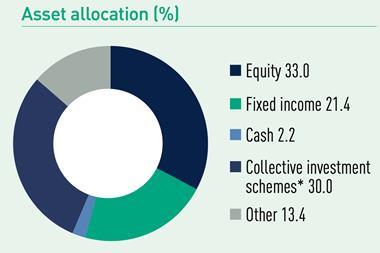

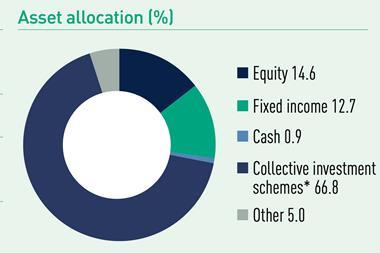
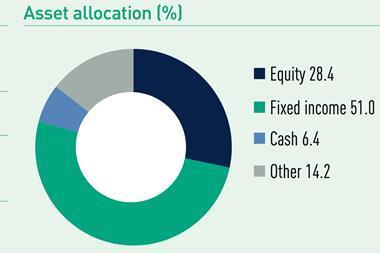
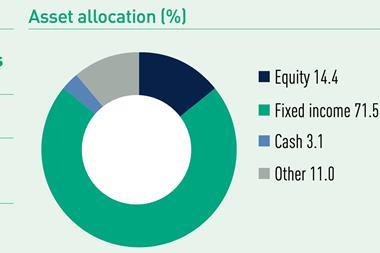
No comments yet